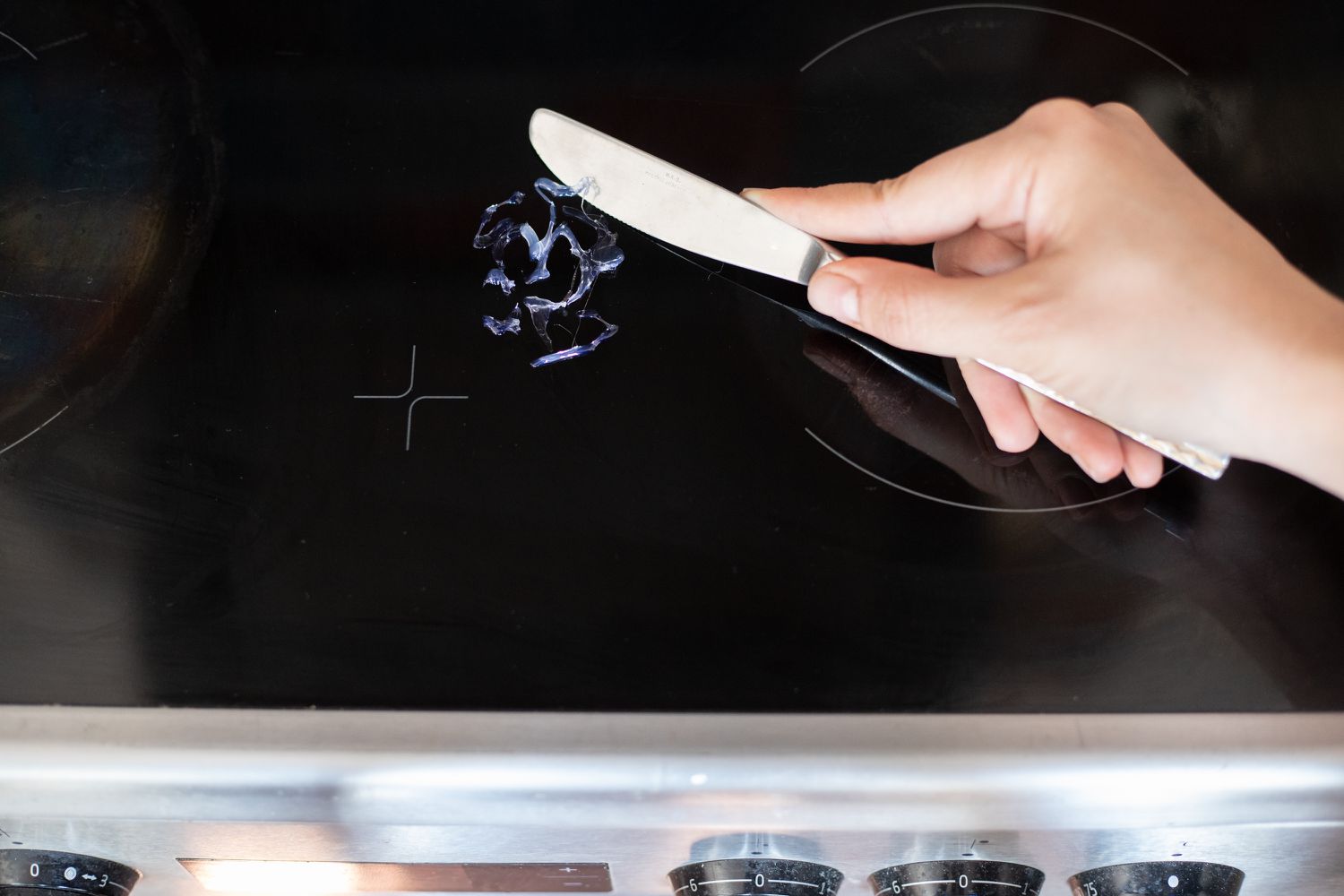

Articles
How To Get Melted Plastic Off Glass Cooktop
Modified: March 2, 2024
Learn effective methods and tips in our comprehensive article on how to remove melted plastic from a glass cooktop. Trust our expert advice for a spotless and safe kitchen.
(Many of the links in this article redirect to a specific reviewed product. Your purchase of these products through affiliate links helps to generate commission for Storables.com, at no extra cost. Learn more)
Introduction
Welcome to our guide on how to get melted plastic off a glass cooktop. Accidents happen, and if you’ve ever had a plastic object mistakenly melt onto the surface of your glass cooktop, you know how frustrating and unsightly it can be. But fear not, as we have the solutions to help you safely and effectively remove the melted plastic and restore the pristine appearance of your cooktop.
Dealing with melted plastic on a glass cooktop can be tricky, as applying excessive force or using the wrong techniques can damage the glass surface. It’s important to approach the situation with caution and follow the steps we’ll outline for you.
Before we dive into the specifics, please note that these instructions are intended for electric glass cooktops. If you have a gas cooktop or a different type of cooking surface, it’s best to consult the manufacturer’s instructions or seek professional help.
Now, let’s gather the materials you’ll need to safely and effectively remove melted plastic from your glass cooktop.
Key Takeaways:
- Safely remove melted plastic from a glass cooktop by allowing it to cool, scraping off excess plastic, applying heat, and cleaning the surface with caution and patience.
- Prioritize safety, patience, and thoroughness when removing melted plastic from a glass cooktop to avoid damage and restore its pristine appearance. Regular maintenance can prevent future mishaps.
Materials Needed
Before we begin, make sure you have the following materials on hand:
- Heat-resistant gloves or oven mitts
- Razor blade or glass scraper
- Plastic spatula
- Isopropyl alcohol or glass cooktop cleaner
- Microfiber cloth
- Soft sponge or non-abrasive scrubbing pad
- Vinegar (optional)
These materials will help you safely remove the melted plastic without causing damage to your glass cooktop. Now, let’s move on to the step-by-step process.
Step 1: Allowing the Cooktop to Cool
The first step in removing melted plastic from a glass cooktop is to allow the surface to cool completely. This is essential to prevent any burns or injuries while working on the cooktop.
If the plastic has just melted and is still hot, turn off the heat source and wait for the cooktop to cool down naturally. Avoid touching the melted plastic or attempting to remove it while it’s still soft, as this can result in spreading it further or burning yourself.
During the cooling process, it’s important not to use any cooling methods such as ice or cold water. Sudden temperature changes on the glass cooktop can cause it to crack or shatter.
Once the cooktop has cooled down completely, you can move on to the next step of scraping off the excess plastic.
Step 2: Scraping Off Excess Plastic
Now that the cooktop has cooled down, it’s time to remove the excess melted plastic from the surface. For this step, you’ll need a razor blade or a glass scraper.
Put on your heat-resistant gloves or oven mitts to protect your hands from any potential cuts during the scraping process. Take the razor blade or glass scraper and gently start scraping off the excess plastic. Be careful not to apply too much pressure or use a sharp angle that could scratch the glass.
If the plastic is stubborn and doesn’t come off easily, you can use a plastic spatula to assist in gently lifting it from the cooktop. Again, make sure to be gentle to avoid scratching the glass.
Continue scraping off the excess plastic until you’ve removed as much as possible. Be patient and work slowly to avoid any further damage.
Once you’ve removed the majority of the melted plastic, it’s time to move on to the next step of applying heat to soften and loosen the remaining residue.
Step 3: Applying Heat to Loosen the Plastic
After scraping off the excess plastic, there may still be some residue left on the glass cooktop. To tackle this, we will use heat to soften and loosen the remaining plastic.
Start by turning on the cooktop burner that is farthest away from the melted plastic. Adjust the heat to a low or medium-low setting to generate enough warmth without risking further melting the plastic or damaging the cooktop.
Allow the burner to heat up for a few minutes until the heat starts to penetrate the remaining plastic. The goal is to soften the plastic so that it becomes easier to remove.
While the burner is heating up, put on your heat-resistant gloves or oven mitts to protect your hands. Once you can feel the heat radiating from the burner, carefully bring the heated area close to the remaining plastic. Be sure to keep a safe distance to prevent any accidental burns.
As the plastic begins to soften, you can use a plastic spatula or your gloved fingers to gently lift and scrape off the softened residue. Again, be cautious not to apply too much force or use sharp objects that can scratch the glass surface.
If necessary, you can turn off the burner and reapply heat as needed to tackle stubborn plastic spots. Repeat this process until you’ve successfully removed all the loose plastic residue.
Now that you’ve loosened the remaining plastic with heat and completed the scraping process, it’s time to move on to the next step of fully removing the melted plastic from the cooktop.
Use a razor blade to carefully scrape off the melted plastic from the glass cooktop. Be gentle to avoid scratching the surface. Once the majority is removed, use a glass cooktop cleaner to finish the job.
Read more: How To Get Melted Plastic Off A Stove Top
Step 4: Scraping Off the Melted Plastic Residue
With the majority of the melted plastic removed and the remaining residue softened, it’s time to focus on scraping off the stubborn remnants from the glass cooktop.
Start by using a razor blade or a glass scraper, similar to what you used in Step 2, to gently scrape off the melted plastic residue. Begin at one edge of the residue and work your way carefully across the affected area.
Be cautious not to apply excessive pressure or use a sharp angle that could cause damage to the glass surface. Move the blade or scraper slowly and steadily, using short strokes to lift and scrape off the plastic residue.
If there are any particularly stubborn areas that are not easily coming off, you can apply a small amount of isopropyl alcohol or glass cooktop cleaner to the residue. This can help to loosen and dissolve the plastic, making it easier to scrape off.
Continue scraping off the residue using the blade or scraper until the glass cooktop is free from any melted plastic. Take your time and be patient, as thoroughness is key in achieving a clean and pristine surface.
Once you’ve successfully removed the melted plastic residue, it’s time to move on to the final step of cleaning and polishing your glass cooktop to restore its shine.
Step 5: Cleaning and Polishing the Glass Cooktop
Now that you’ve successfully removed the melted plastic from your glass cooktop, it’s important to thoroughly clean and polish the surface to restore its shine and ensure it looks as good as new.
Here’s how you can effectively clean and polish your glass cooktop:
- Start by wiping away any loose debris or residue with a soft, dry cloth or paper towel. This will help to prepare the surface for cleaning.
- Next, dampen a soft sponge or non-abrasive scrubbing pad with water. You can also add a few drops of mild dish soap to the sponge if necessary.
- Gently scrub the entire glass cooktop surface using circular motions. Pay special attention to any remaining traces of plastic residue or stains.
- Rinse the sponge or scrubbing pad and remove any soapy residue from the cooktop surface.
- For additional cleaning power, you can make a solution of equal parts water and vinegar. Dip a clean cloth into the vinegar solution and use it to wipe down the cooktop surface.
- After cleaning, dry the glass cooktop thoroughly with a microfiber cloth to prevent water spots or streaks.
- To add a final touch of shine, you can apply a small amount of glass cooktop cleaner to a clean, dry cloth. Gently buff the surface in circular motions to polish the glass and bring out its natural luster.
Keep in mind that different glass cooktop brands may have specific cleaning recommendations, so it’s always a good idea to consult your cooktop’s user manual for any specific instructions or product recommendations.
By following these steps, you can ensure that your glass cooktop stays clean, shiny, and free from any lingering residue.
Now that you’ve successfully cleaned and polished your glass cooktop, it’s time to enjoy your cooking experience without the hassle of melted plastic.
Tips and Warnings
Here are some important tips and warnings to keep in mind while removing melted plastic from a glass cooktop:
- Always prioritize safety and use heat-resistant gloves or oven mitts to protect your hands during the cleaning process.
- Allow the glass cooktop to cool completely before attempting to remove any melted plastic. Trying to remove hot plastic can lead to burns or further damage.
- Be gentle while scraping off the plastic residue to avoid scratching the glass surface. Use a razor blade or glass scraper at a low angle to minimize the risk of damage.
- Opt for plastic spatulas or soft, non-abrasive materials when working on the glass cooktop to avoid scratches.
- If the plastic residue is stubborn and difficult to remove, consider applying gentle heat to soften it further.
- Avoid using abrasive cleaners, harsh chemicals, or metal scrubbers as they can cause irreversible damage to the glass cooktop surface.
- Regularly clean and maintain your glass cooktop to prevent future incidents of melted plastic.
- Consult the manufacturer’s instructions or user manual for specific cleaning recommendations and product suggestions for your glass cooktop.
- If you’re uncertain or uncomfortable with the cleaning process, it’s best to seek professional assistance.
By following these tips and exercising caution, you can safely and effectively remove melted plastic from your glass cooktop without causing any damage.
Now that you have all the knowledge and steps needed, you can confidently tackle any melted plastic mishaps and keep your glass cooktop looking pristine.
Conclusion
Dealing with melted plastic on a glass cooktop can be a frustrating and challenging experience. However, with the right techniques and materials, you can safely and effectively remove the plastic residue and restore the pristine appearance of your cooktop.
Remember to allow the cooktop to cool completely, scrape off the excess plastic, and then apply heat to soften and loosen the remaining residue. With careful scraping, you can remove all traces of melted plastic without causing any damage to the glass surface.
Once the plastic is removed, it’s important to thoroughly clean and polish the glass cooktop. By following the recommended cleaning steps, you can ensure that your cooktop is free from any residue and maintains its shine.
Throughout the process, it’s crucial to prioritize safety by wearing heat-resistant gloves or oven mitts and being cautious with any sharp objects used for scraping. Taking the necessary precautions will help you avoid accidents and injuries.
Lastly, remember to regularly clean and maintain your glass cooktop to prevent future incidents of melted plastic. By keeping your cooktop in good condition, you can enjoy a hassle-free cooking experience for years to come.
We hope that this guide has been helpful in assisting you with removing melted plastic from your glass cooktop. With patience and the right techniques, you can restore your cooktop to its original state and have it looking as good as new.
So, the next time you encounter a melting mishap in the kitchen, don’t panic. Follow our guide, and you’ll be well on your way to a clean and beautiful glass cooktop once again!
Frequently Asked Questions about How To Get Melted Plastic Off Glass Cooktop
Was this page helpful?
At Storables.com, we guarantee accurate and reliable information. Our content, validated by Expert Board Contributors, is crafted following stringent Editorial Policies. We're committed to providing you with well-researched, expert-backed insights for all your informational needs.
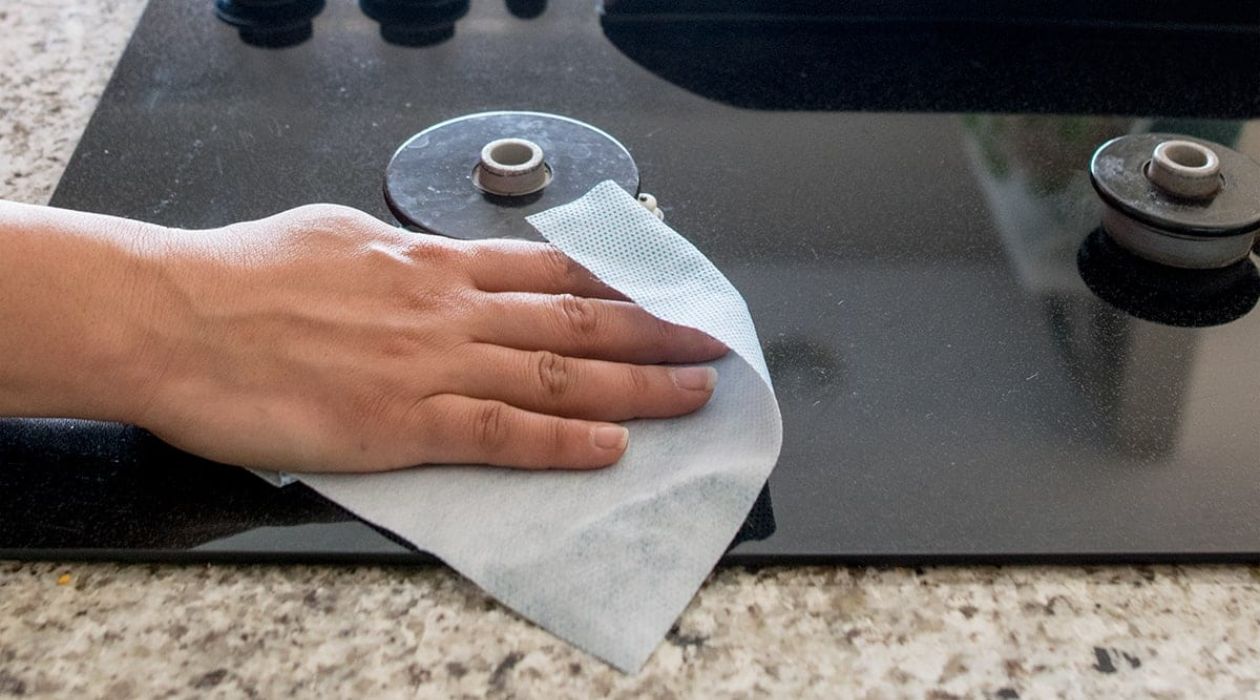
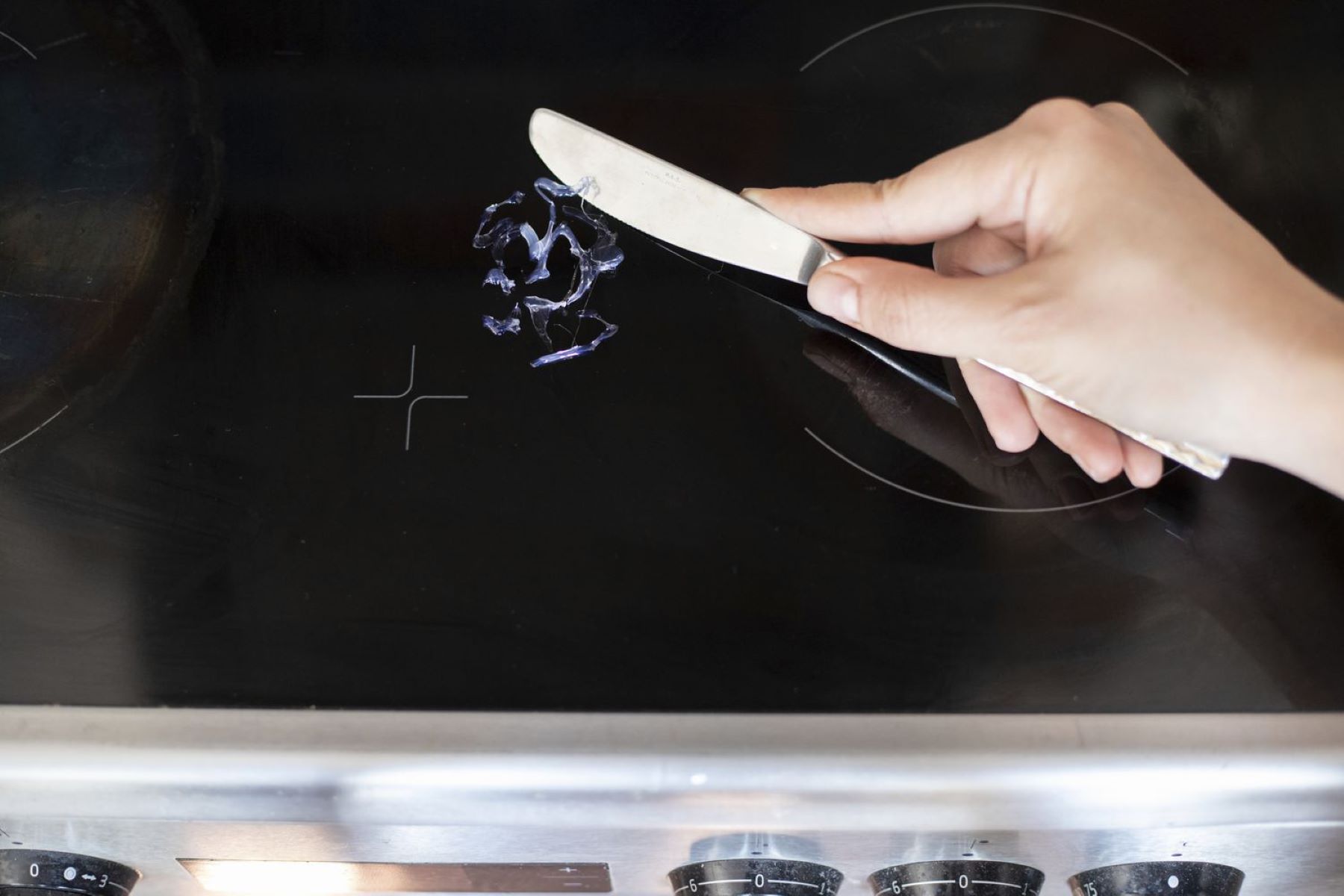
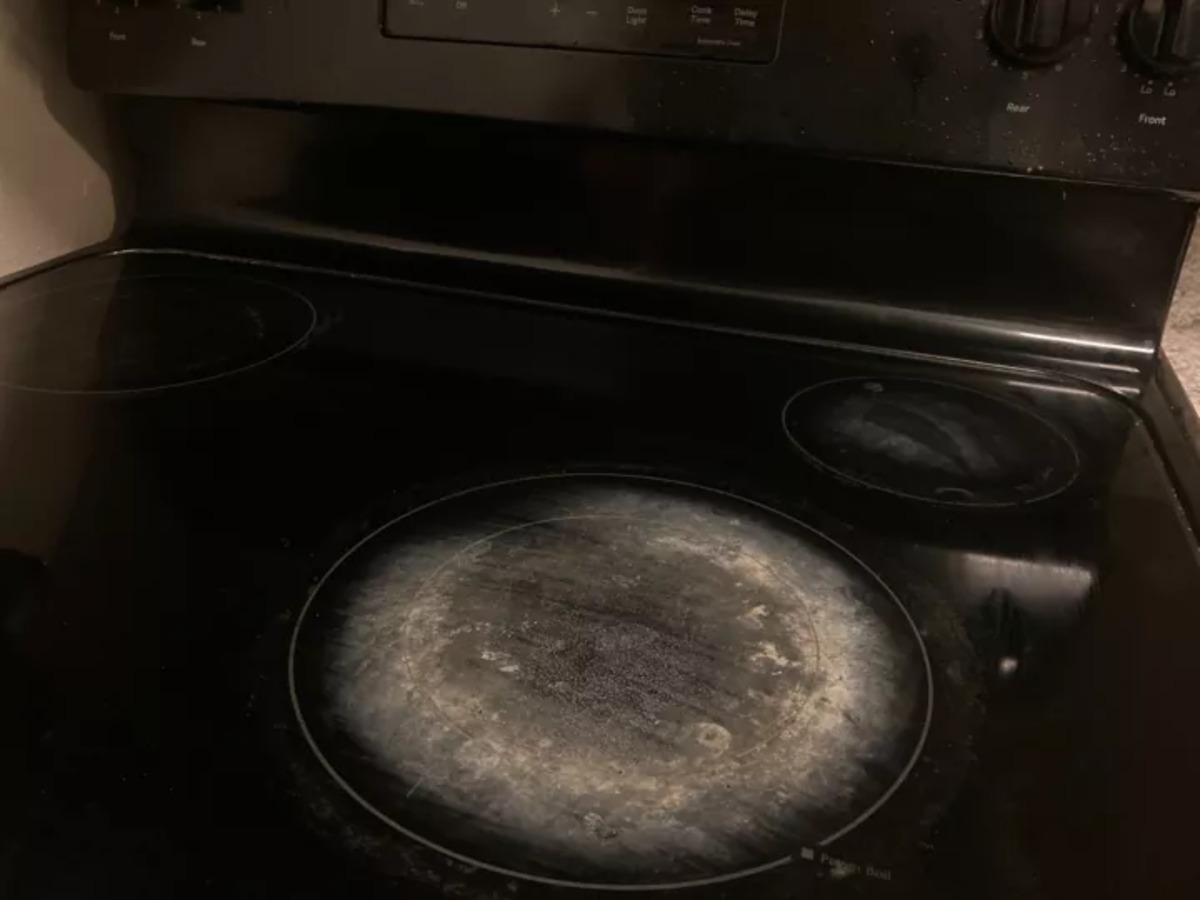
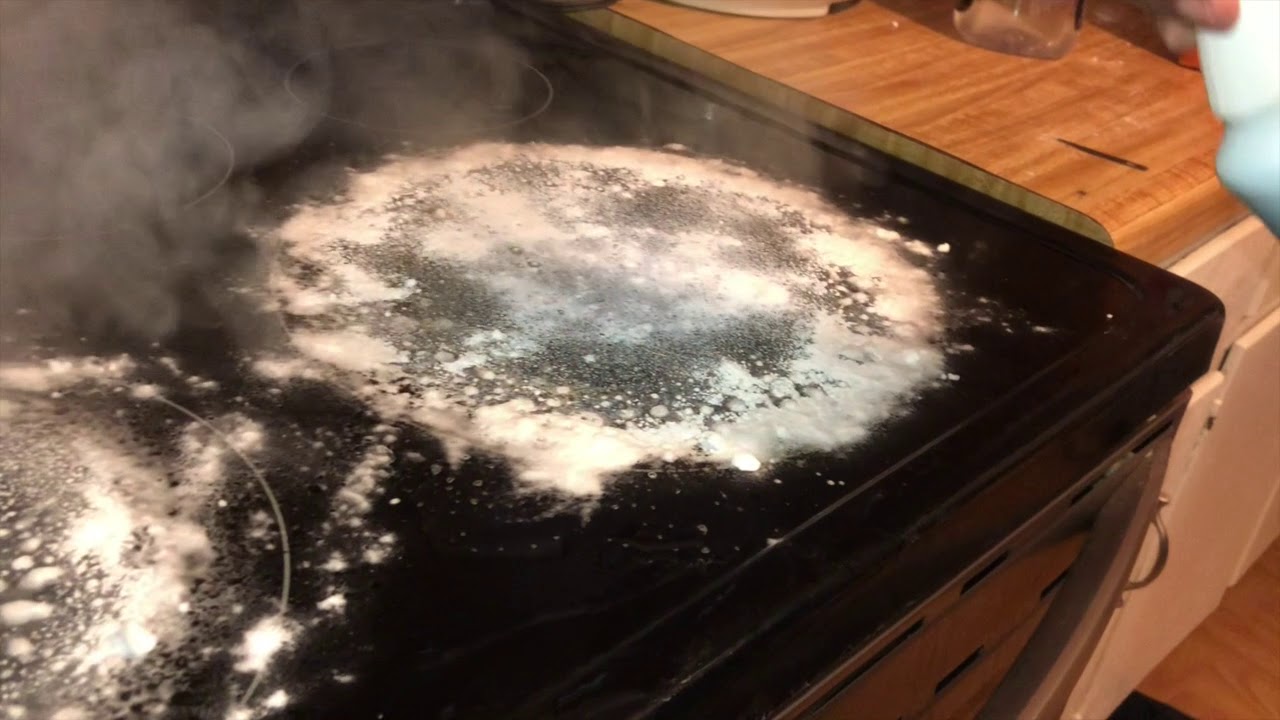
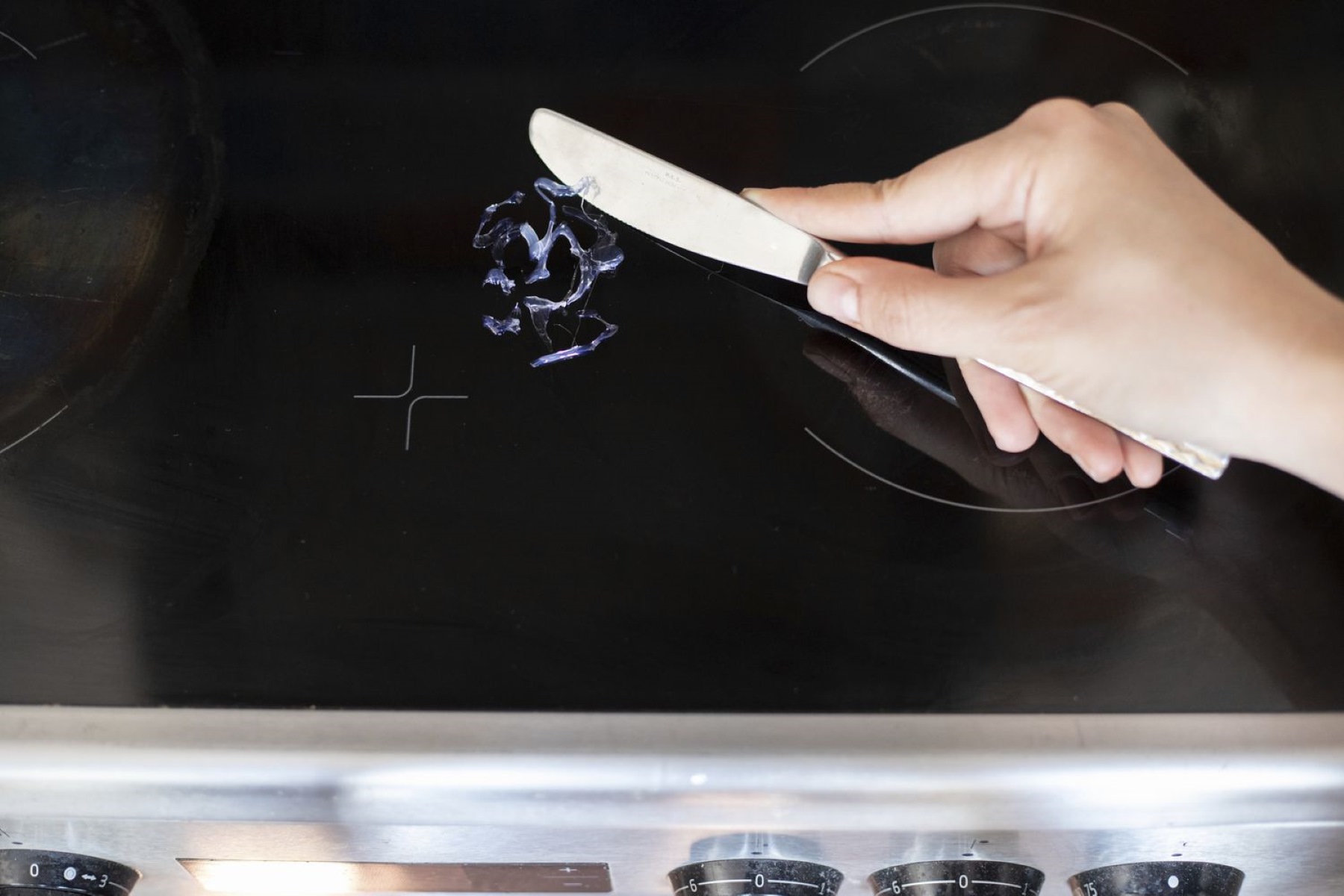
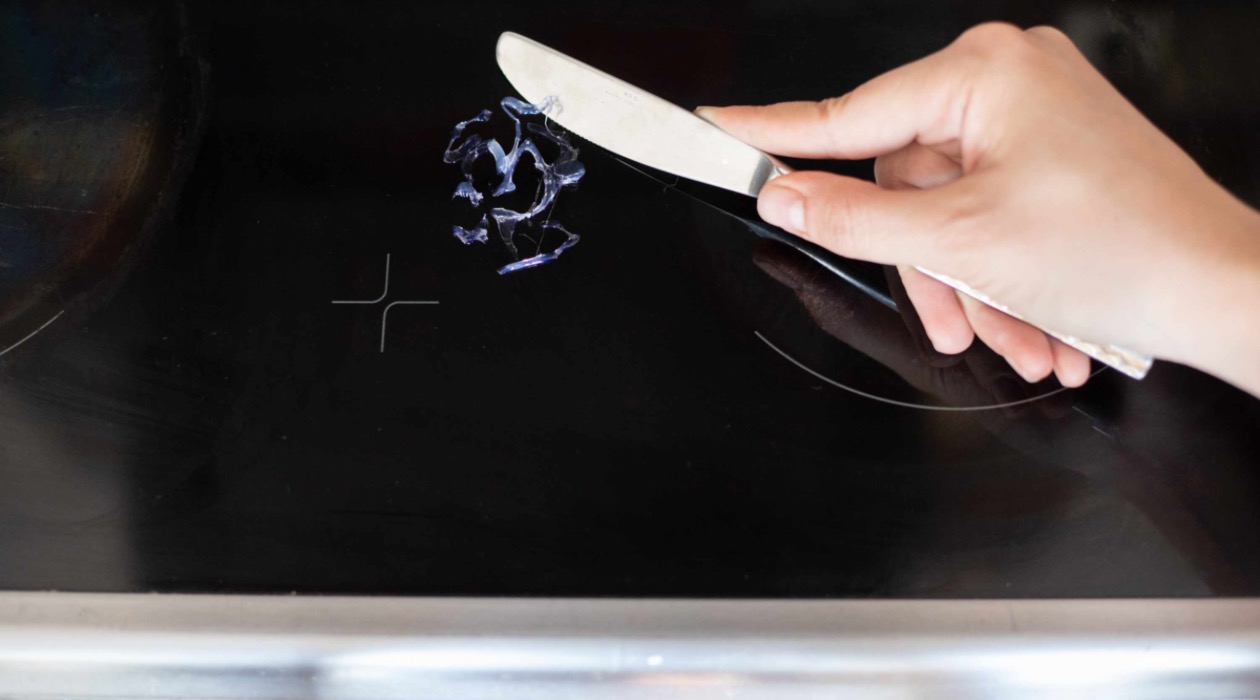
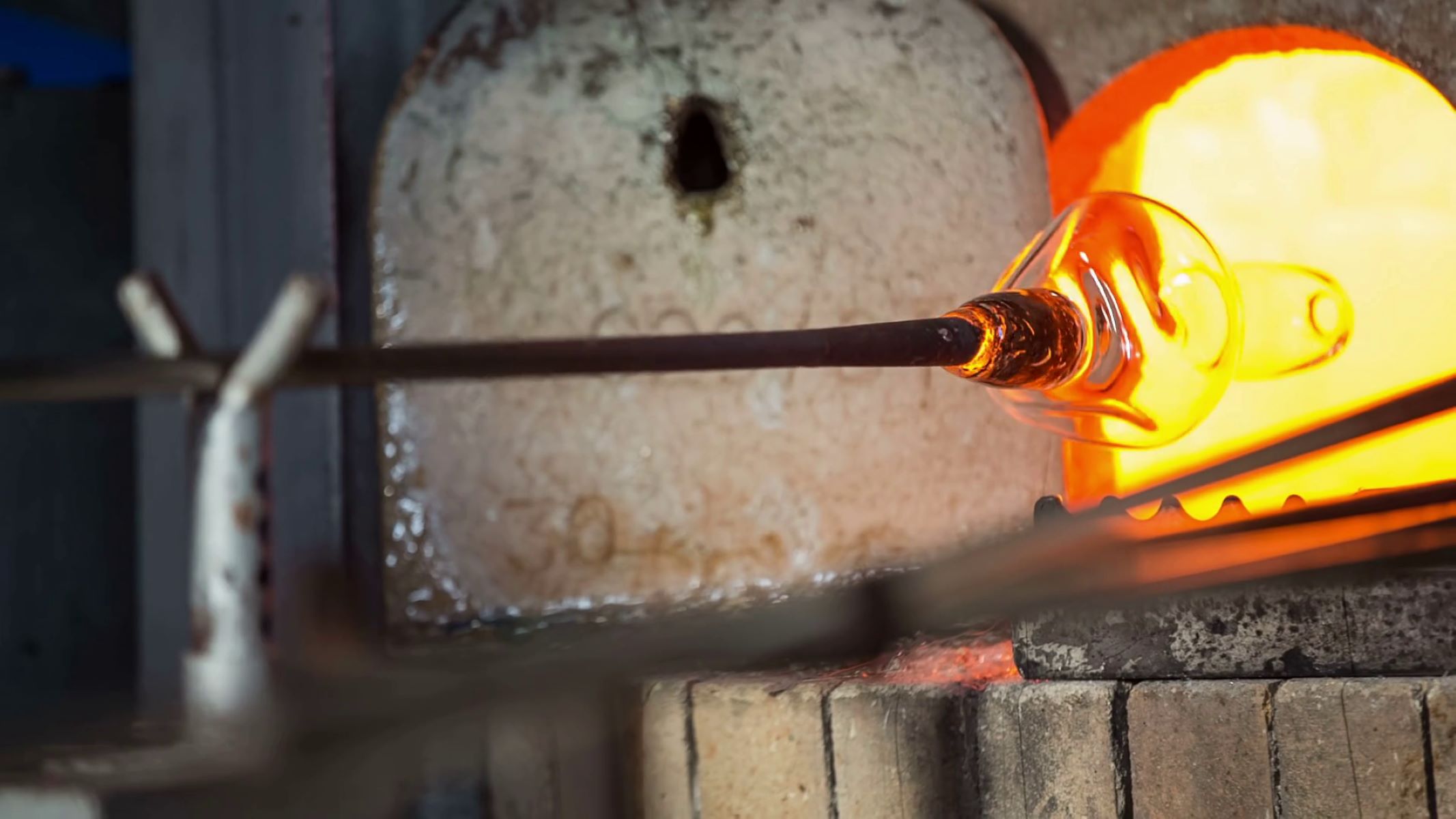

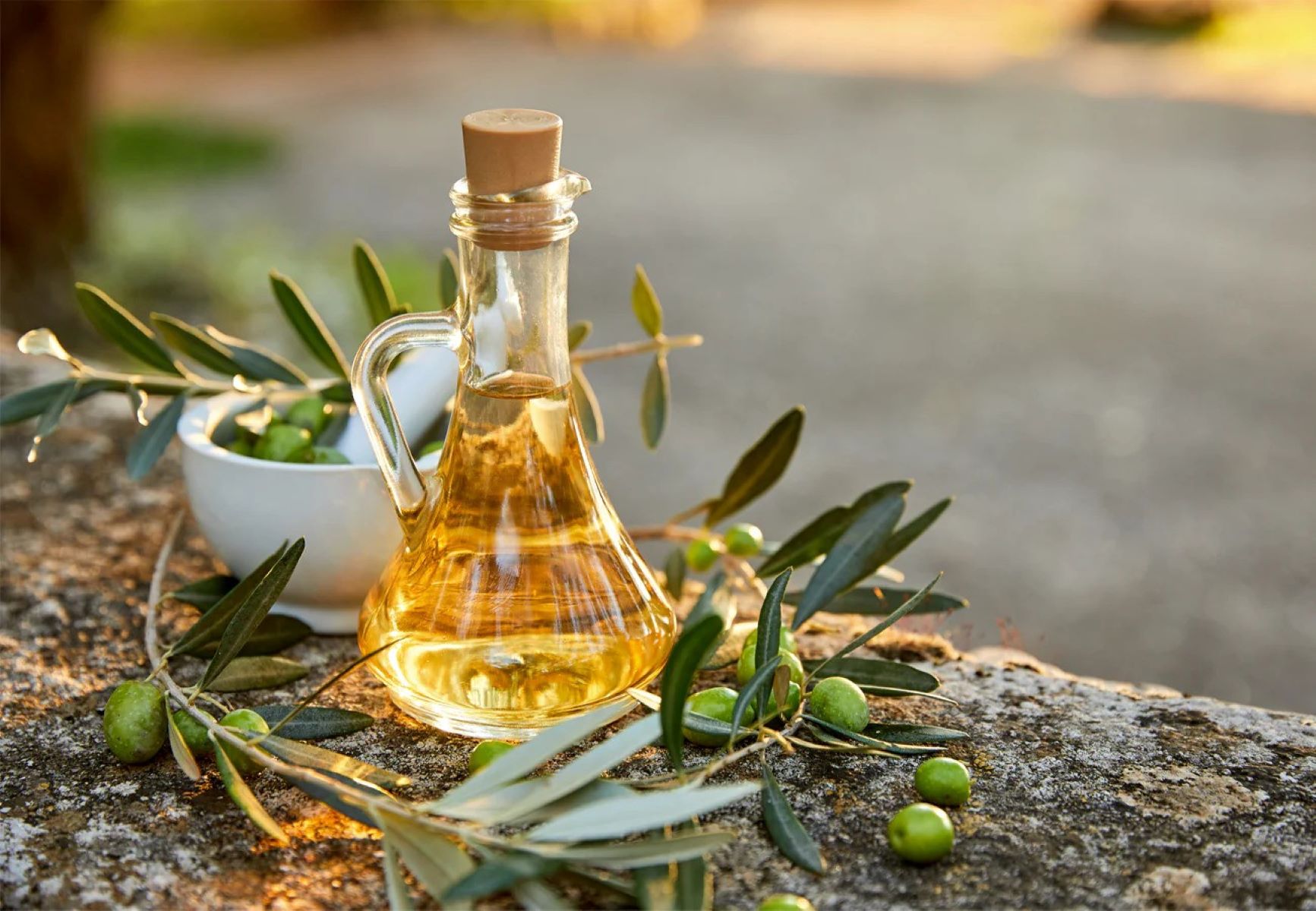
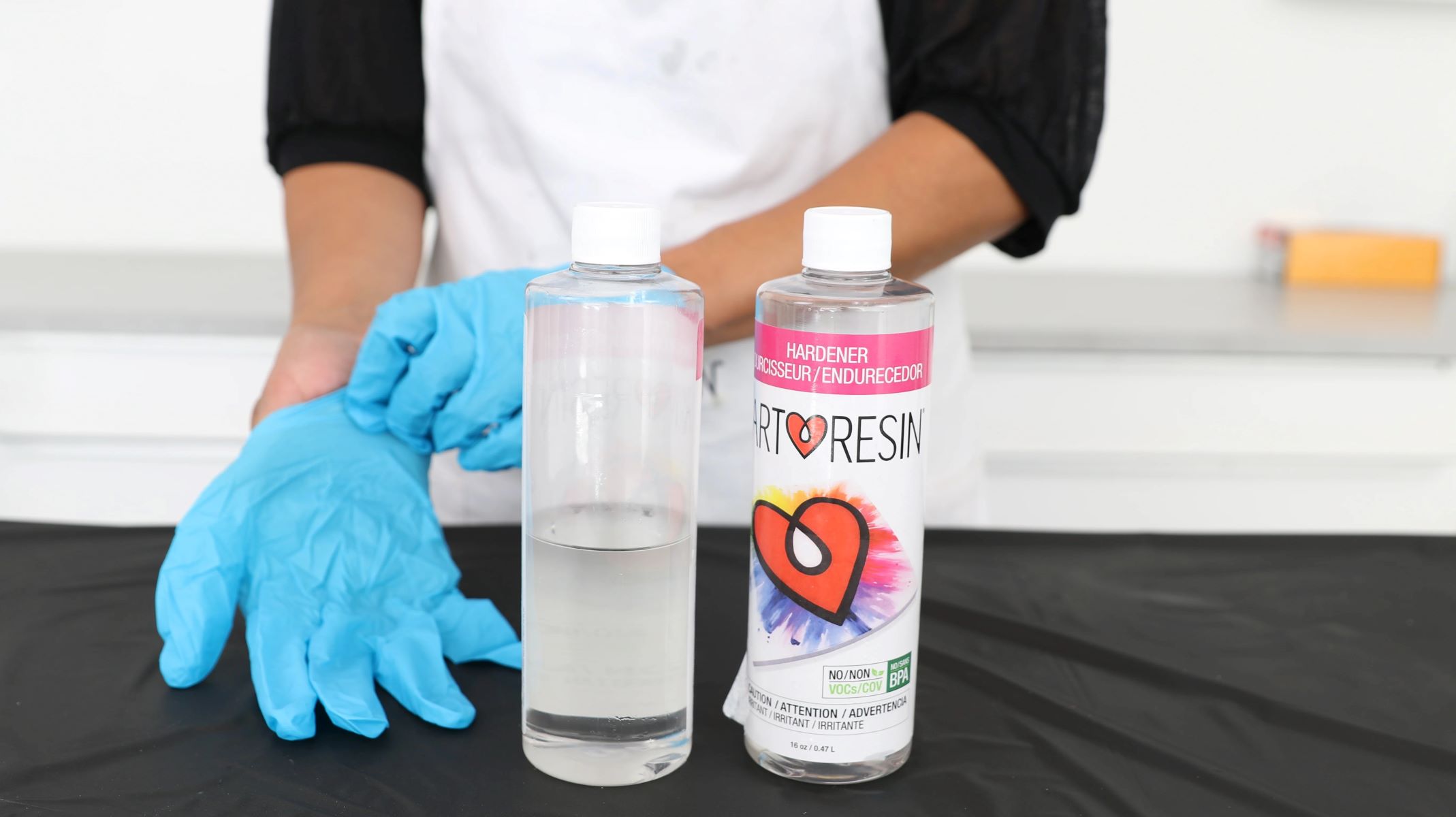
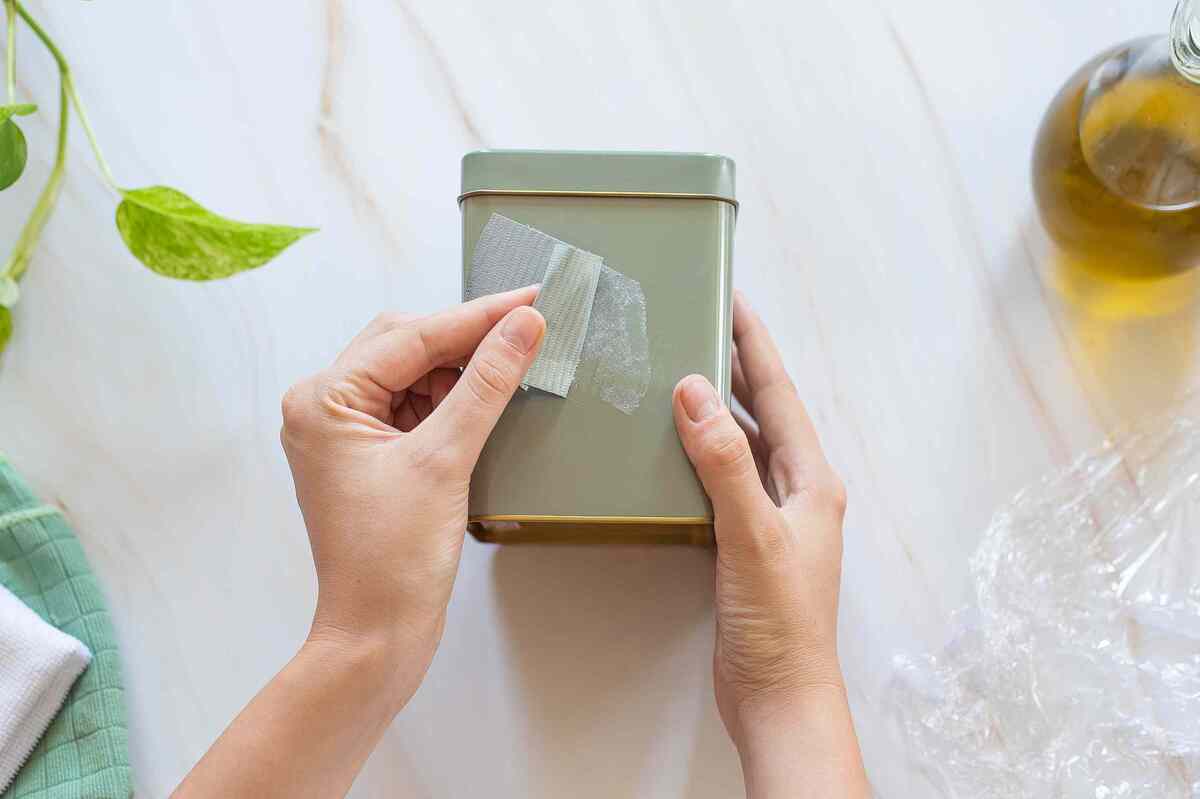
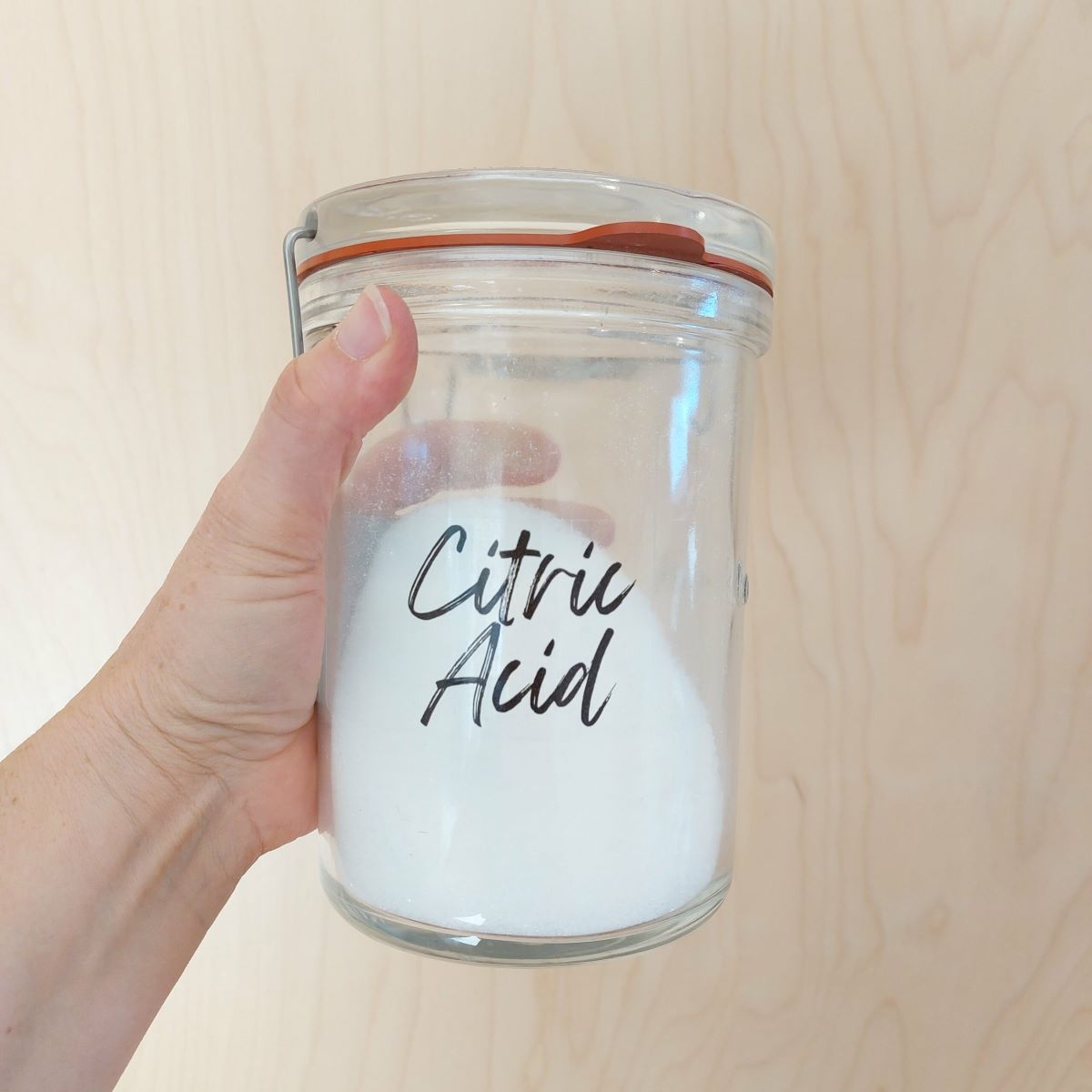
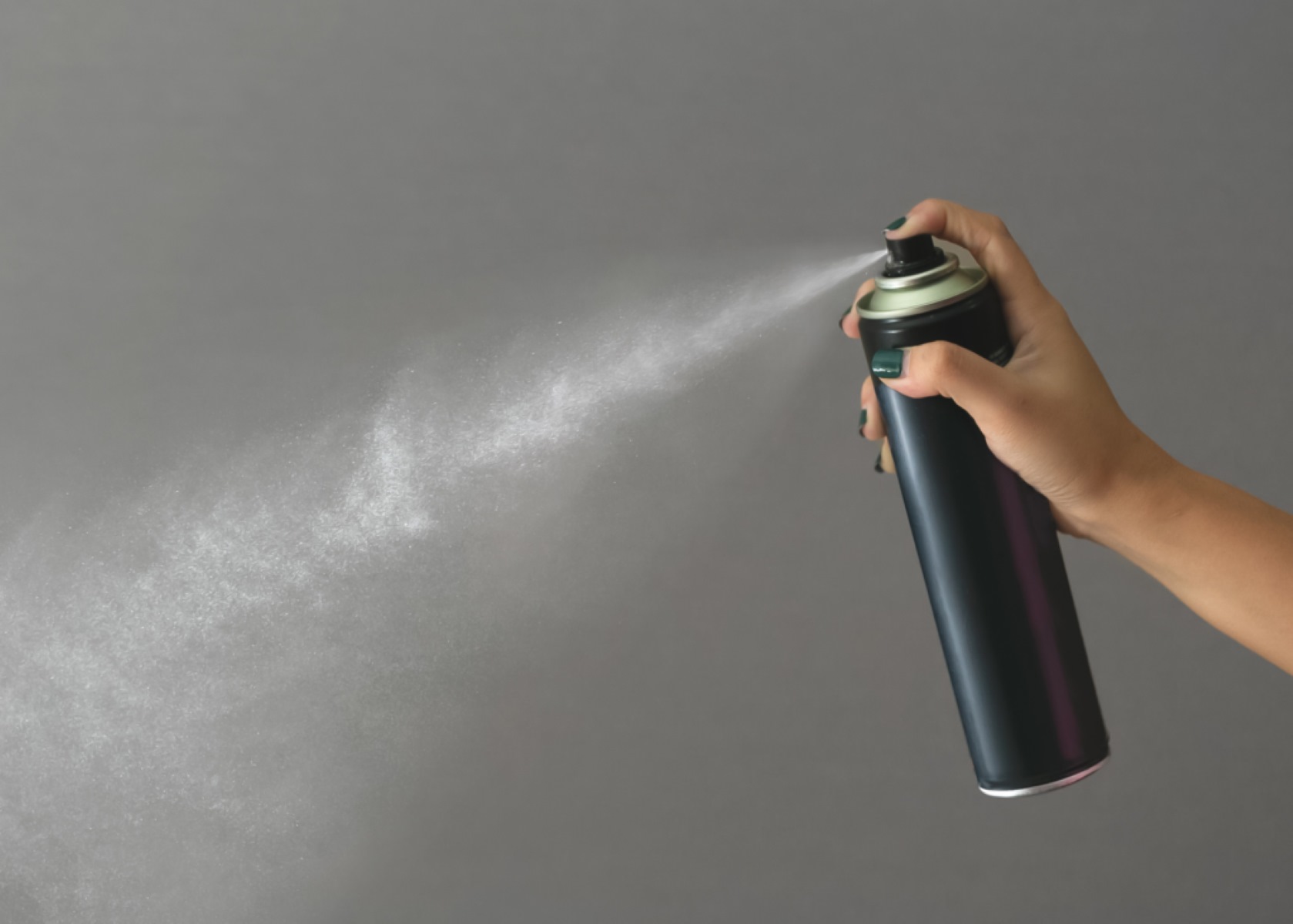


0 thoughts on “How To Get Melted Plastic Off Glass Cooktop”